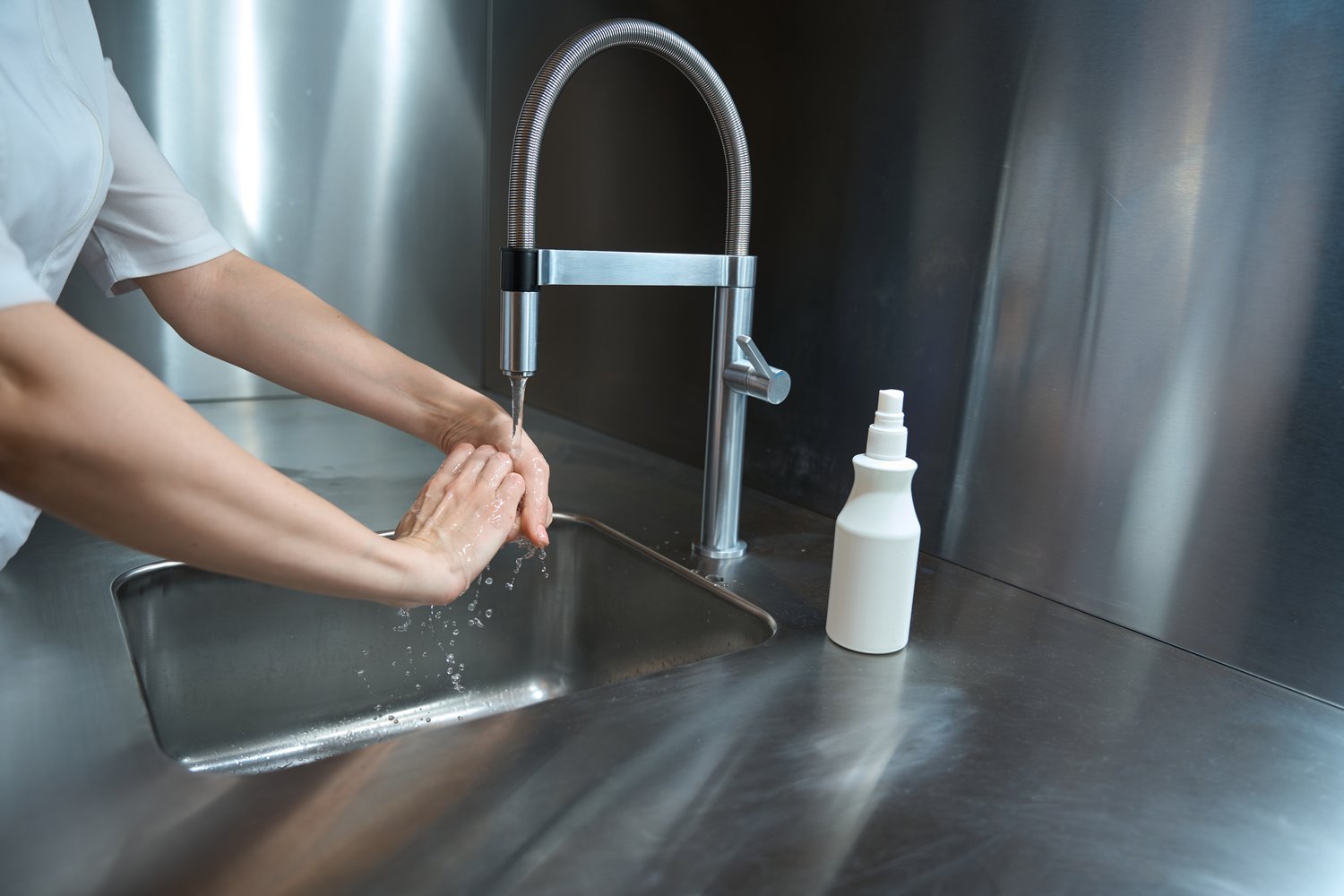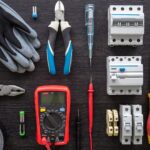Imagine washing a mountain of dishes when suddenly, your trusty kitchen sink sprayer refuses to cooperate. It’s a small tool, yet its malfunction can significantly disrupt your daily routine. This guide dives into common issues with kitchen sink sprayers, offering you not only a swift return to seamless kitchen tasks but also insights into preventing future mishaps.
- Uncover the reasons behind low water pressure, leaks, or a sprayer that has stopped working altogether.
- Learn how to diagnose pressure problems, whether they stem from a blocked aerator or a kinked hose.
- Discover step-by-step fixes, along with essential tools needed for safe and effective repairs at home.
By delving into this guide, you’ll empower yourself with the knowledge to tackle common sprayer problems efficiently, ensuring a functional and hassle-free kitchen experience. Share your repair triumphs or seek professional advice for more complex issues to maintain a smoothly operating kitchen environment.
Common Problems with Kitchen Sink Sprayers
Kitchen sink sprayers are indispensable for many household tasks, yet they can encounter several issues that hinder their performance. One common problem is low water pressure, which can make rinsing dishes and cleaning a challenge. This could be due to blockages in the sprayer head or a problem with the diverter valve.
Leaks are another frequent issue that homeowners face. These can occur at various points, such as where the hose connects to the faucet or within the sprayer head itself. It’s essential to recognize early signs of leaks to prevent further complications.
Sometimes, a sprayer might experience a complete failure to spray, leaving it useless. This could stem from a faulty diverter, a clogged aerator, or an issue with the sprayer handle. Understanding these symptoms can help diagnose and address the underlying problem more effectively, ensuring your kitchen appliance works smoothly.
How to Diagnose Sprayer Pressure Problems
Dealing with low water pressure in your kitchen sink sprayer can be frustrating, but diagnosing the issue is the first step to resolving it. Start by checking for a blocked aerator—a common culprit. The aerator can become clogged with mineral deposits or debris, reducing water flow significantly.
Another potential issue to investigate is a kinked hose. Over time, the sprayer hose might develop bends or kinks that restrict water flow, leading to decreased pressure. Inspect the hose for any visible kinks and straighten them out to improve the water pressure.
Additionally, the problem might lie within the diverter valve, the mechanism that redirects water from the faucet to the sprayer. If this component becomes worn or clogged, it can reduce water pressure. Cleaning or replacing the diverter valve might be necessary to restore full functionality to your kitchen sink sprayer.
DIY Fixes and Tools Needed: Kitchen Sink Sprayer Not Working? Troubleshooting & Repair Guide
Encountering an issue with your kitchen sink sprayer can be frustrating. However, resolving these problems yourself can be a straightforward and cost-effective solution. Let’s explore step-by-step methods to address common sprayer issues effectively at home.
Step 1: Gather Your Tools
Before you begin, ensure you have the right tools on hand. Basic tools you might need include an adjustable wrench, a screwdriver set, needle-nose pliers, and plumber’s tape. Depending on the specific problem, you might also require a replacement sprayer hose or a new sprayer head.
Step 2: Checking for Obstructions
If your sink sprayer isn’t functioning correctly, obstructions are a common culprit. Detach the sprayer head and inspect for any build-up that might block water flow. Clean any debris and test the sprayer again. A toothpick or brush can be helpful in clearing any stuck materials.
Step 3: Fixing Low Water Pressure
Low water pressure can be remedied by examining both the hose and the diverter valve under the faucet. If there are kinks in the hose, straighten them out. For the diverter, remove it carefully with a wrench, clean any debris, and reattach it firmly to restore normal pressure.
Step 4: Addressing Leaks
Leaks are often due to a worn-out washer or loose connections. First, locate the source. Then, use an adjustable wrench to tighten the connections. If the leak persists, replace any compromised washers within the sprayer handle. Use plumber’s tape to ensure a snug seal.
Step 5: Replacing Faulty Components
Sometimes, individual parts like the sprayer head or hose may need replacement due to wear and tear. Refer to your specific model for compatible replacement parts. Install the new parts according to the manufacturer’s instructions, ensuring all fittings are secure.
By following these DIY fixes for kitchen sink sprayers, you can restore full functionality with relative ease. Ensure that you turn off the water supply during repairs for safety. These solutions not only save time but also enhance your understanding of kitchen plumbing systems.
Frequently Asked Questions on Kitchen Sink Sprayer Troubleshooting
Why is my kitchen sink sprayer not working?
Common causes include clogged aerators, kinks in the hose, or a faulty diverter valve.
How can I fix low water pressure in my sink sprayer?
Check for blockages in the aerator or hose, and clear them to restore pressure.
What tools do I need to repair a kitchen sink sprayer?
You’ll need
- a wrench
- plumber’s tape
- a screwdriver
- a replacement washer, if necessary
.
Can a leaking sprayer hose be fixed?
Yes, replace the O-ring or hose with a compatible one from a hardware store.
How often should I perform maintenance on my sink sprayer?
Regular checks every 6 months can prevent most issues and ensure optimal performance.





